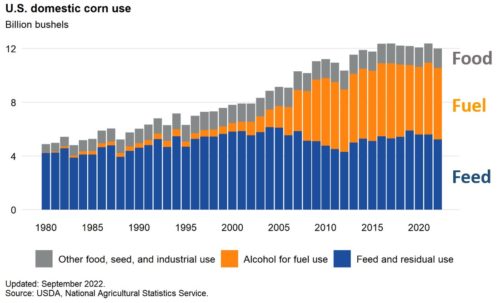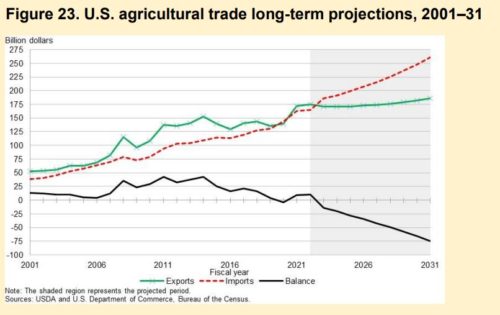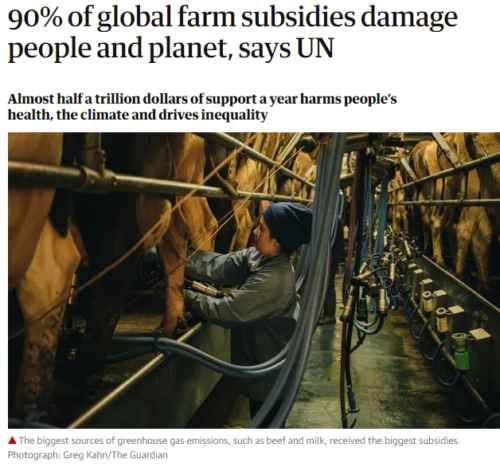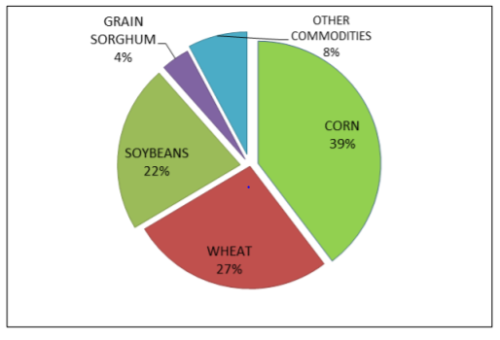The 2025 Project: The Republicans’ Transition Agenda for Food and Nutrition
There is much fuss these days over the American Heritage Foundation’s extreme right-wing 2025 Mandate for Leadership project, and whether presidential candidate Donald Trump supports it or not and, if so, to what extent (see account in The Guardian).
The Project 2025 plan includes calls for replacing civil servants with Trump loyalists, eliminating the education department, putting the justice department under the president’s thumb and banning the abortion pill…Among the plan’s more drastic proposals are to fire thousands of permanent civil servants and replace them with hired conservative Trump loyalists, dismantling the federal education department, asserting presidential power over the Department of Justice – which is nominally independent – and a ban on the abortion pill.
The 2025 project’s 900 pages aim to pack the government with extreme radical conservatives, make them political appointees, and put them in charge of—and staffing—every government department.
Overall, this blueprint for destroying any inconvenient aspect of government says “trust markets, not government.”
I took a quick look at the agenda for federal agencies dealing with food issues. Here are a few things I noticed.
USDA
Understand that the word “reform” in this context means “dismantle.”
- Proactively Defend Agriculture [stop focusing on climate change and renewable energy]
- Reform Farm Subsidies; repeal the sugar program [hard to argue with this one]
- Separate the agricultural provisions of the farm bill from the nutrition provisions [SNAP]; Move the USDA food and nutrition programs to the Department of Health and Human Services.
- Reform SNAP: reimplement work requirements; reform eligibility; reevaluate the Thrifty Food Plan
- Reform WIC; reevaluate excessive regulation of infant formula
- Reform school meals [translation: reduce participation]; reject universal school meals
- Eliminate checkoff programs [again, hard to argue]
- Remove obstacles to agricultural biotechnology [e.g., GMOs]
FDA
As far as I can tell, the plan only deals with FDA’s oversight of abortion and other drugs. It says not one word about undermining the FDA’s oversight of foods and food safety [I’m guessing this an oversight].
EPA
Most of the discussion is about getting the EPA to stop fretting about climate change. But take a look at this one:
- Revisit the designation of PFAS chemicals as “hazardous substances”
FTC
The report asks: Should the FTC Enforce Antitrust—or Even Continue to Exist?
On the other hand, it tosses in “The FTC should examine platforms’ advertising and contract making with children as a deceptive or unfair trade practice, perhaps requiring written parental consent.”
Other provisions
Basically, the aim of this document is to give the Republican President a roadmap for replacing one deep state with another that favors conservative business interests and ideology.
John Oliver explains all this better than I can.
The bottom line in a seemingly impossible situation
- You must not vote for Trump.
- You must vote for Biden.
- Sitting this out or voting for a third-party candidate is a de facto vote for Trump. Not a good idea.
Here’s cartoonist Clay Bennett’s take on it..








